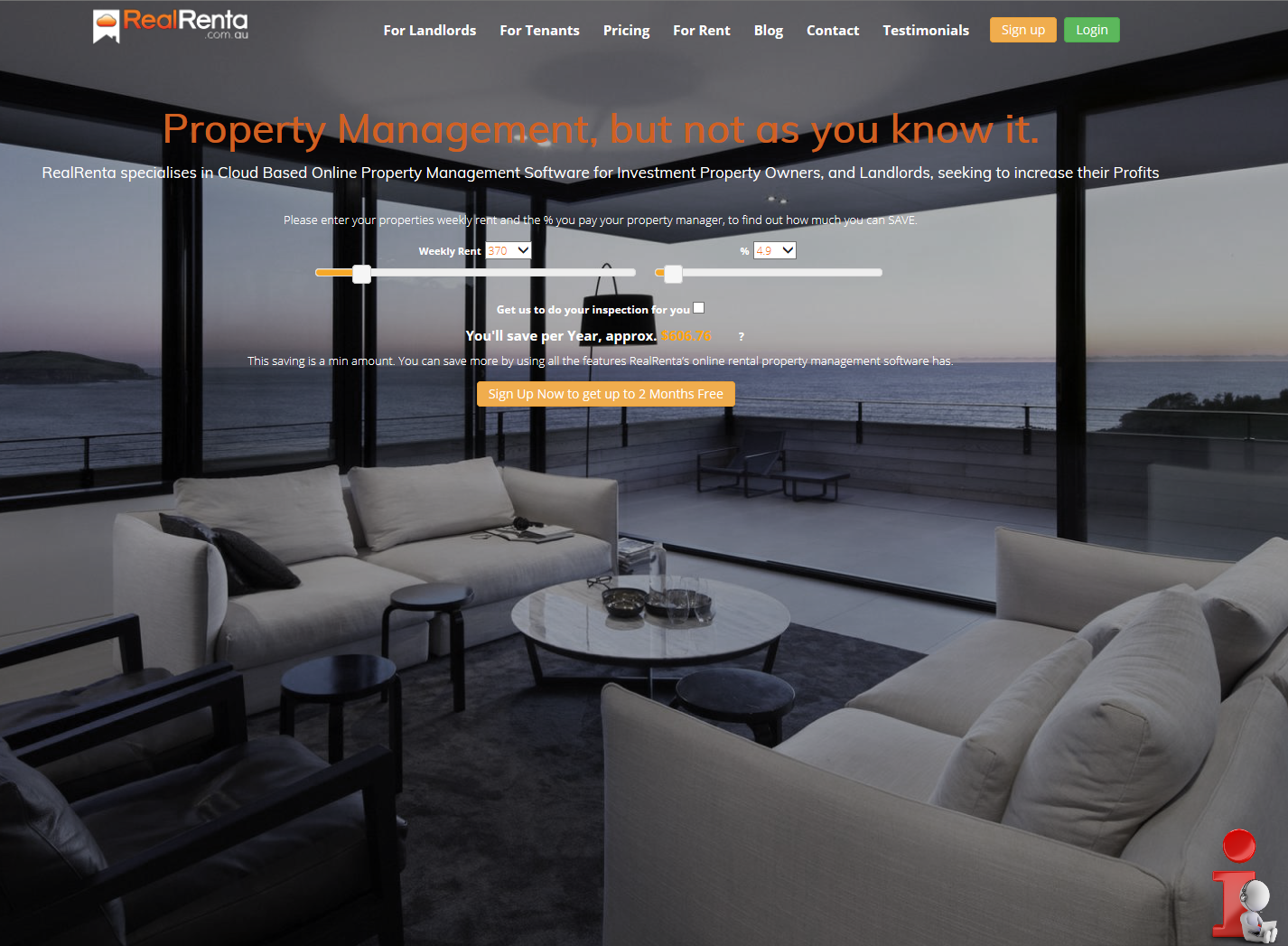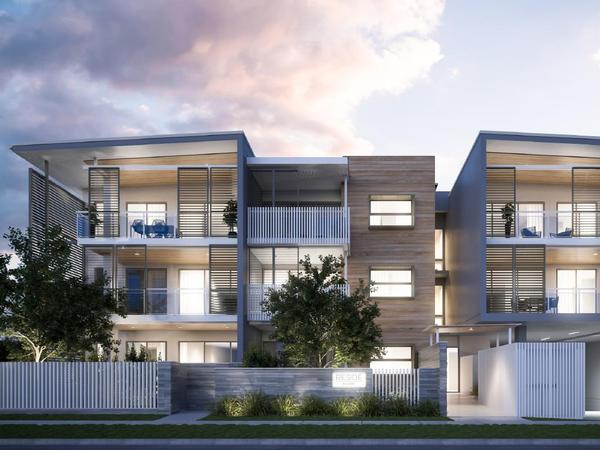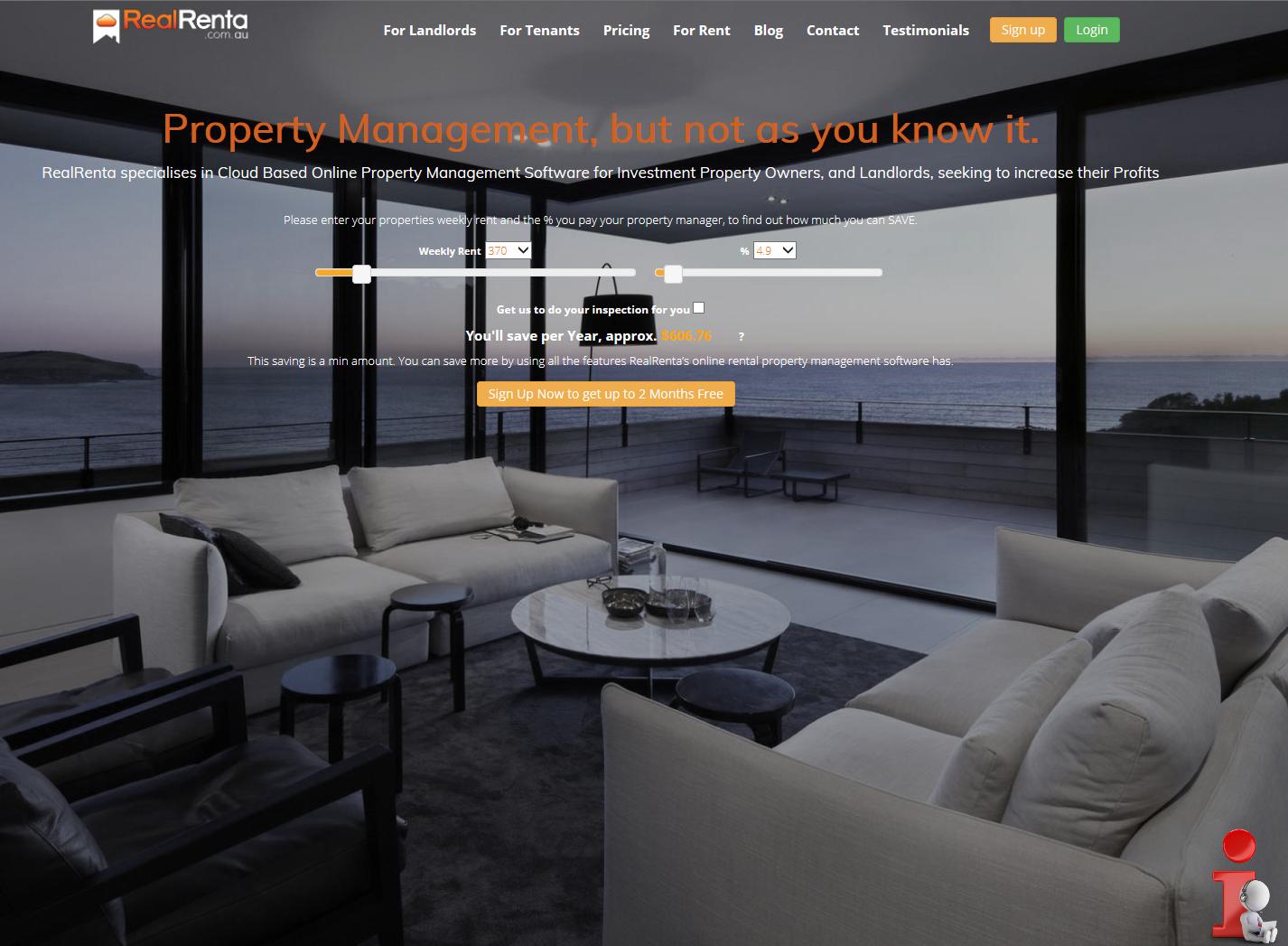
Australian renters have less legal protection than in other countries, despite the high rates of private rental, which is actually more than 25% of Australians.
Historically speaking, renting was usually a transitional step into buying a house.
Whilst this pathway is still dominating, a growing number of people cannot make this transition into the sale market.
At least one in three private renters are long term private renters (10 years or more), which is one in twelve households.
Private renters in Australia have little protection against landlord instigated “forced moves” or unreasonable rent increases.
The initial lease rarely extends to over 12 months and the period of notice ranges from 42 days to 26 weeks depending on location.
Many private renters are subject to incessant fear and anxiety due to being asked to leave their homes or incurring an untenable increase in rent.
Low income renters in the outer suburbs have limited economic and social capital and a notice to vacate could cause great anxiety, as they have minimal resources to find alternative accommodation and this is especially compounded, if the tenants rely solely on government benefits.
At the opposite end of the spectrum are renters who deliberately choose long term private rentals, such as single people or couples without children. They usually have ample economic and social capital and see the flexibility of renting as an advantage.
It can be argued that the intensifying problems in Australia’s rental affordability will mean that negative outcomes in long term private rental, will affect a growing number of people in the future and will have major social impacts.
For more information on this subject, you can read the original article here: https://theconversation.com/the-insecurity-of-private-renters-how-do-they-manage-it-77324
Want to know more about Self Managing your Investments?














